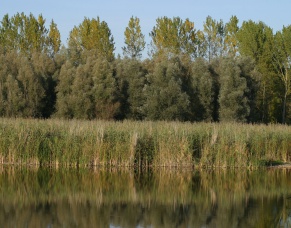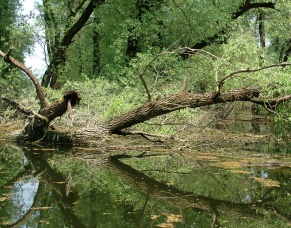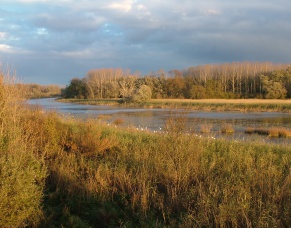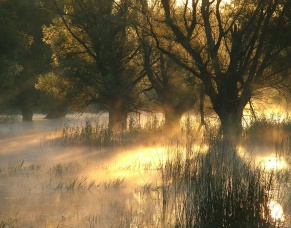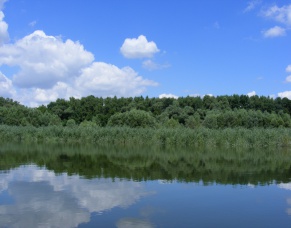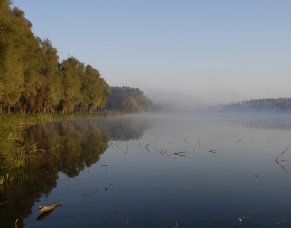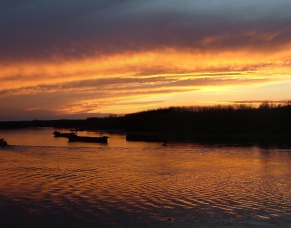Duna-Dráva National Park
National Park in South Hungary
The protected area is located along the Danube, from the mouth of the Sió canal to the Southern border of the country. Gemenc and Béda-Karapancsa can be found here, which belong to the Great Plain. At this stage, the steepness of its bed is reduced, resulting in a slower speed, so the river becomes here of a middle stage character. It used to meander, building bars of sand and silt, changing its bed all the time. The over-developed curves were naturally crossed, so dead channels or lakes at deeper locations were formed.
The management of the river changed profoundly this situation. During the regulation of the river, bends were crossed to achieve an easier abatement of icy floods and to improve ship traffic, embanking the river.The water, flowing faster, deepened the bed, so its level was reduced, resulting in a significant lowering of the ground water level. In the Sárköz region, where dead channels make the landscape more exciting, the embankments were built relatively farther from the river, at the border of the Kalocsa Arcbishop’s domain. So remained Gemenc, one of the largest continuous flood-plains of Europe.
Until the end of the 18th century, the inhabitants of the region did not attempt to prevent floods. To the contrary, they tried to connect larger and larger areas to this natural ‘breathing’ system. The tremendous amounts of water that arrived annually through the Danube were lead to lakes suitable for fishing, holes, hayfields, and orchards, via artificial canals, ‘foks’, as they called them. As the flood was slowly rising, the people were saving their values and animals. This method was called the ‘fok culture’ and it reduced the damage of the flood to a minimum, while providing a living to the people, first of all,giving them a bountiful harvest of fish. Beside fishing, the most important form of farming in the flood plain was grazing animal husbandry, especially that of horse and grey cattle (Bos primigenius taurus hungaricus). The foks assured the operation of the system. Certain foks carried water to a number of lakes. Maintenance of the foks required high level expertise and significant amounts of working force.

